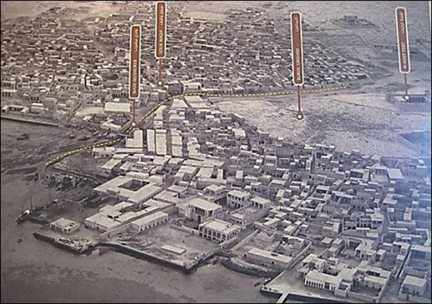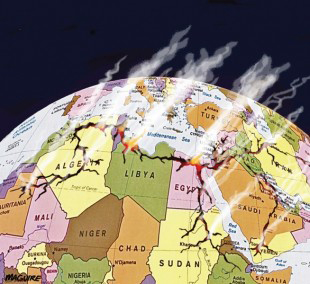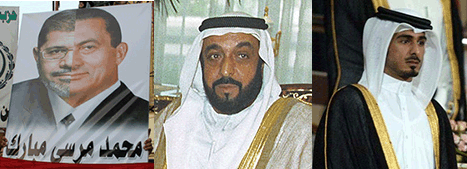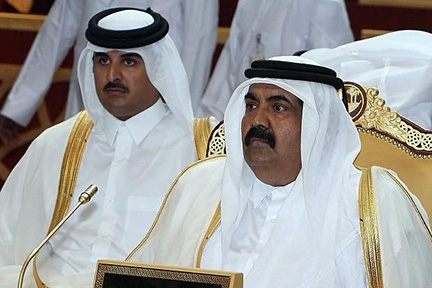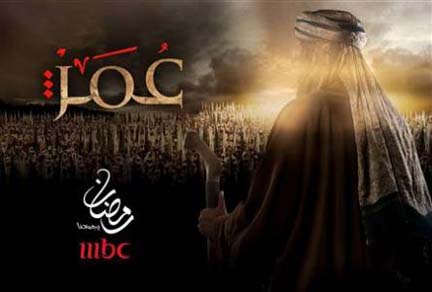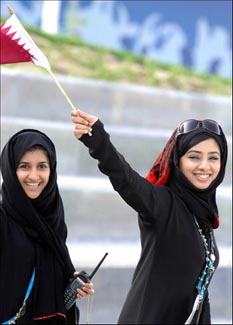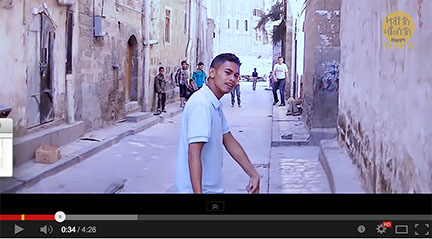
Given all the unhappiness, it is refreshing to find a little happiness in the Middle East, even if it is musical. Enjoy the following:
Happy in Yemen (https://www.youtube.com/watch?v=2JzNxo5m8vI)
Happy in Abu Dhabi (https://www.youtube.com/watch?v=audy0aHjdyg)
Happy in Algeria (https://www.youtube.com/watch?v=Dr3-6H6P6Ng)
Happy in Egypt (https://www.youtube.com/watch?v=5D5dO5cn1PQ)
Happy In Kuwait (https://www.youtube.com/watch?v=mQzDDg2poOc)
Happy in Jerusalem (https://www.youtube.com/watch?v=-oszKeU7lEs)
Happy in Jordan (https://www.youtube.com/watch?v=JyXGv-7b_xo)
Happy in Lebanon (https://www.youtube.com/watch?v=7RqSFiVUhDw)
Happy from Morocco (https://www.youtube.com/watch?v=qnuNA8HkVp0)
Happy in Qatar (https://www.youtube.com/watch?v=V8N5TkduFjA)
Happy from Saudi Arabia (https://www.youtube.com/watch?v=YKi4iAl_qb0)
Happy in Turkey (https://www.youtube.com/watch?v=a12vAtzbe68)

